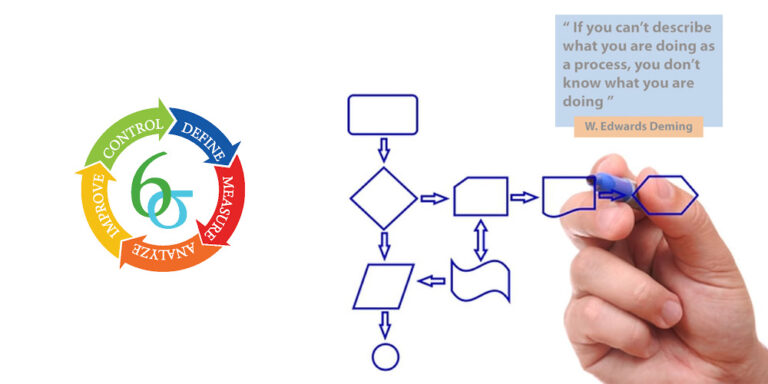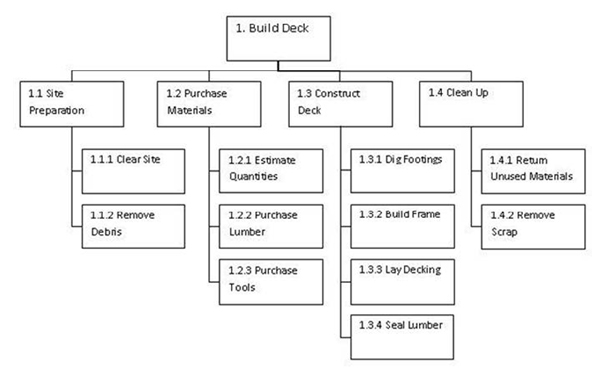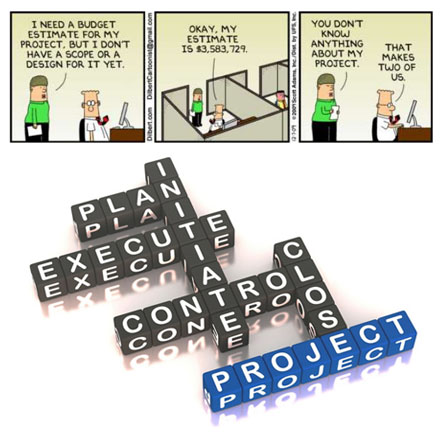Signs of Bottlenecks In Your Businesss
Bottlenecks are one of the oldest and most persistent problems companies face in their operations. A bottleneck is not something that you would want in your business practices. They mostly occur when input comes in faster than the next step, which creates the output for the next step or is the final step. There are two types of bottlenecks, short-term and long-term. Short-term are usually much more solvable and temporary in nature. Long-term bottlenecks, however, are things that may happen on a regular basis. Bottlenecks can cause serious problems in your business, such as lost revenue, wasted time, diminished quality in product or service delivery, employee stress and general dissatisfaction across an organization or its customers. Bottlenecks are not limited just to factory production but also occur in other processes.
Identifying and fixing bottlenecks is critical to a company’s continued success. In order to understand where or why the bottleneck may be occurring, you must understand the processes involved and how they are intertwined to produce the required result. A workflow or process mapping diagram makes complex processes easier to understand and evaluate for possible bottleneck issues. Professor Kaoru Ishikawa developed the “Cause and Effect” analysis, which combines brainstorming and mind mapping diagrams to determine what causes the end result to be produced. The founder of Toyota, Sakichi Toyoda developed a simple method called the “Five Whys” to solve these types of productivity issues. His method required working backwards and examining each step in the process and asking “Why?” until you find the root cause, which is usually achieved in asking “why” five times if done correctly. It’s simple and efficient.
Once the bottleneck has been identified, a solution must be developed to eliminate the bottleneck and restore the proper flow to the processes. Developing processes the right way will assist in reducing the risk of having bottlenecks. However, a business has many moving parts and processes need to be continually monitored for performance and blockage.
Gaining a competitive advantage in the business world requires organizations continually evaluate processes and workflow to identify opportunities for improvement. Bottlenecks are not limited to factory production but also occur in other processes. Let’s face it, managers can be bottlenecks, too, and they’re often the last to know it. Start by paying attention to the signs. Red flags may include backlogged work, employee complaints about delays, paperwork pileups, material backups or customer service issues. Follow the path of least resistance and you will find your bottleneck. Operational efficiencies have become even more critical in any type of business as the business landscape continues to change.






